SF Masterpiece: American Gods
Unveiling the Divine in the Everyday
- Old Gods vs New Gods: A Modern Mythology Reimagined
- Unearthing the Soul of Myth: A Deep Dive into American Gods
- When Worlds Collide: Comparing SF Themes in the Modern Age
- Philosophy in the Everyday: Lessons from the Old Gods
- Neil Gaiman: The Modern Mythmaker Behind the Curtain
- What’s Next for the Deities? Keeping Up with the American Gods Universe
- In Closing: My Own Divine Musings
Hello there, dear reader. Sophia Aria here, nestled comfortably in Abiko, Chiba, though my heart often wanders back to the rolling hills of the Cotswolds. Today, I find myself drawn into a rather fascinating discussion about what makes a science fiction novel truly magnificent. We’re embarking on a journey into the captivating world of Neil Gaiman’s American Gods, a book that, to my mind, masterfully blends the mundane with the mythical. My aim is to convey the diverse worldviews and scientific marvels within the SF genre, hopefully acquiring a few more discerning readers along the way.
Old Gods vs New Gods: A Modern Mythology Reimagined
Now, American Gods isn’t your typical spaceship-and-laser-gun SF, which, I must confess, is part of its charm. Instead, it offers a sprawling, fantastical road trip across America, where ancient deities, brought to this new world by immigrants from across the globe, find themselves battling for relevance against the “New Gods” of media, technology, and globalisation. Gaiman, bless his brilliant mind, weaves a tapestry of forgotten lore and contemporary commentary, making the old feel new and the new feel… well, rather ancient in its own way. It’s a compelling narrative that invites you to ponder the very nature of belief and the things we worship, whether consciously or not. It’s a delightful concoction of the mythic and the mundane, presented with a dry wit and an undeniable sense of wonder.

Unearthing the Soul of Myth: A Deep Dive into American Gods
One of the most enthralling aspects of American Gods is Gaiman’s profound exploration of character psychology and underlying themes. Shadow Moon, our taciturn protagonist, finds himself inadvertently drawn into this celestial conflict, grappling with his own identity and purpose amidst the chaos. His journey is a reflection of the immigrant experience itself – the struggle to retain one’s heritage while adapting to a new land. Beyond Shadow, each deity, from Odin to Czernobog, is imbued with a striking blend of divine power and very human frailties. They are, in essence, personifications of belief, and as belief wanes, so too do their powers. This invites a deeper inquiry into what gives life meaning and what we, as humans, choose to invest our faith in. It’s a mirror, you see, reflecting our own existential questions back at us, often with a mischievous twinkle in Gaiman’s eye.

When Worlds Collide: Comparing SF Themes in the Modern Age
When we consider specific SF themes, American Gods offers a fascinating lens through which to compare “first contact” scenarios, not with aliens, but with forgotten deities. Think about the impact of alien encounters on humanity; here, it’s the impact of old beliefs clashing with modern realities. This ties in beautifully with discussions about the future of AI and humanity, and the intersection of technology and spirituality. Just as we grapple with the implications of creating sentient AI, American Gods asks us to consider the implications of our collective beliefs giving rise to deities, and how those deities adapt (or don’t) to a rapidly changing world. It’s a less overt form of “first contact,” perhaps, but no less profound in its implications for human society. It truly makes one ponder what we are creating, intentionally or otherwise.

Philosophy in the Everyday: Lessons from the Old Gods
It might seem a stretch to connect the esoteric world of old gods to our daily lives, but bear with me. American Gods subtly illustrates how seemingly complex philosophical concepts can be applied to self-discovery and decision-making. By observing how characters like Shadow navigate these ancient rivalries, we gain insight into the importance of understanding our own beliefs and the impact they have on our choices. These internal gods—be they technological obsessions, inherited dogmas, or economic faiths—shape not only civilisation but our daily identities. American Gods serves as a compass, subtly guiding us to question what divine forces we unconsciously obey. It’s about recognising the “gods” we serve, whether they be literal deities or simply our ingrained habits and societal pressures. A little self-reflection, inspired by a fantastical road trip, can go a long way.
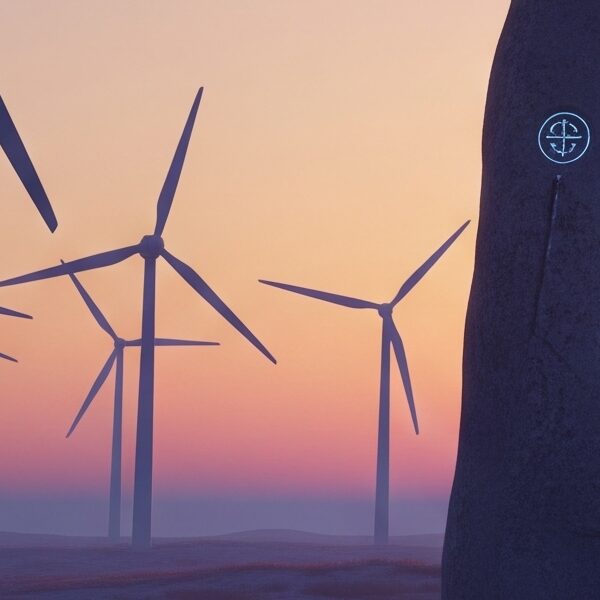
Neil Gaiman: The Modern Mythmaker Behind the Curtain
It’s always intriguing to look at the entities that bring such a vivid world to life. While not a “company” in the traditional sense, the creator of American Gods is, of course, the prolific and utterly brilliant Neil Gaiman. His characteristics as a storyteller are worth noting:
- Master of Mythology: Gaiman possesses an encyclopaedic knowledge of global mythologies, seamlessly weaving them into contemporary settings.
- Character Depth: His characters, even the most fantastical, are incredibly human and relatable, with complex motivations and backstories.
- Genre Bender: He effortlessly blends fantasy, horror, and literary fiction, creating works that defy easy categorisation.
- Prolific and Versatile: Beyond American Gods, his body of work includes graphic novels (Sandman), children’s books, and screenplays.
- Thought-Provoking: Gaiman’s narratives often delve into profound philosophical questions about belief, identity, and the nature of reality.
It’s his unique blend of academic rigour and whimsical imagination that allows him to present stories that are both deeply intellectual and utterly enchanting.
What’s Next for the Deities? Keeping Up with the American Gods Universe
For fans of American Gods, keeping abreast of the latest information, particularly regarding technological advancements and AI interpretations, is quite stimulating. The ongoing debate about humanity’s relationship with technology and emergent AI often mirrors the conflict between the Old and New Gods in Gaiman’s narrative. As our digital “gods” grow in influence, one can’t help but wonder how the ancient pantheon might adapt – or indeed, whether they already have. While the novel itself remains a timeless classic, its themes continue to resonate deeply with modern trends in artificial intelligence and transhumanism, making it ever relevant to a discerning audience. There’s a subtle, almost prophetic quality to Gaiman’s work in this regard, don’t you think?
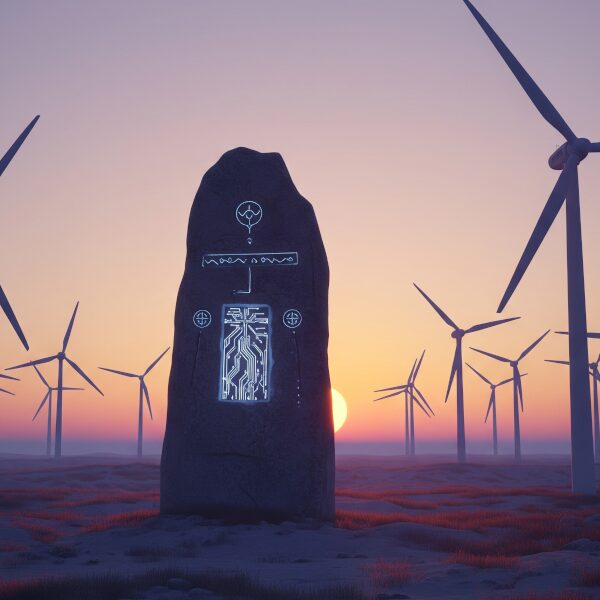
In Closing: My Own Divine Musings
So there we have it, a delightful delve into the world of American Gods. To sum up, it’s a novel that defies easy classification, offering a rich tapestry of mythology, philosophy, and astute social commentary, all wrapped in a compelling road trip narrative. It reminds us that beliefs, whether ancient or modern, shape our reality, and that even in the most mundane corners of life, the divine can be found lurking, waiting to be acknowledged. This, of course, is my own, highly personal take on the matter. I do hope you’ve enjoyed our little excursion into the mythical heart of America, and perhaps, tucked between those pages, you’ll meet a god or two you didn’t know you were already serving.
After all, every book is a road—and every road leads us inward, doesn’t it?
No Faith, No Life.
Related Articles
-
Masterpiece Collection: The Gravity of Truth – Inherit the Stars by James P. Hogan

No Discovery, No Life. Explore the lunar mystery of Inherit the Stars by James P. Hogan. Sophia Aria delves into this SF classic to spark your intellectual curiosity.
-
Masterpiece Collection: The Blazing Manifesto for Selfhood – Also sprach Zarathustra by Friedrich Nietzsche

No Will, No Life: Sophia Aria delves into Nietzsche’s electrifying Also sprach Zarathustra, challenging readers to embrace the Will to Power and forge their own values. A compelling call for self-overcoming.
-
No LIFE, No CAT. mindfulness: Finding Peace in the Paradox: Mindfulness Woven by AI’s “Efficiency” and Human “Imperfection” 5th

AI & Human Mindfulness: Explore how AI’s efficiency and human imperfection can guide you towards a mindful, richer life. Learn practical tips for digital wellbeing and slow living.



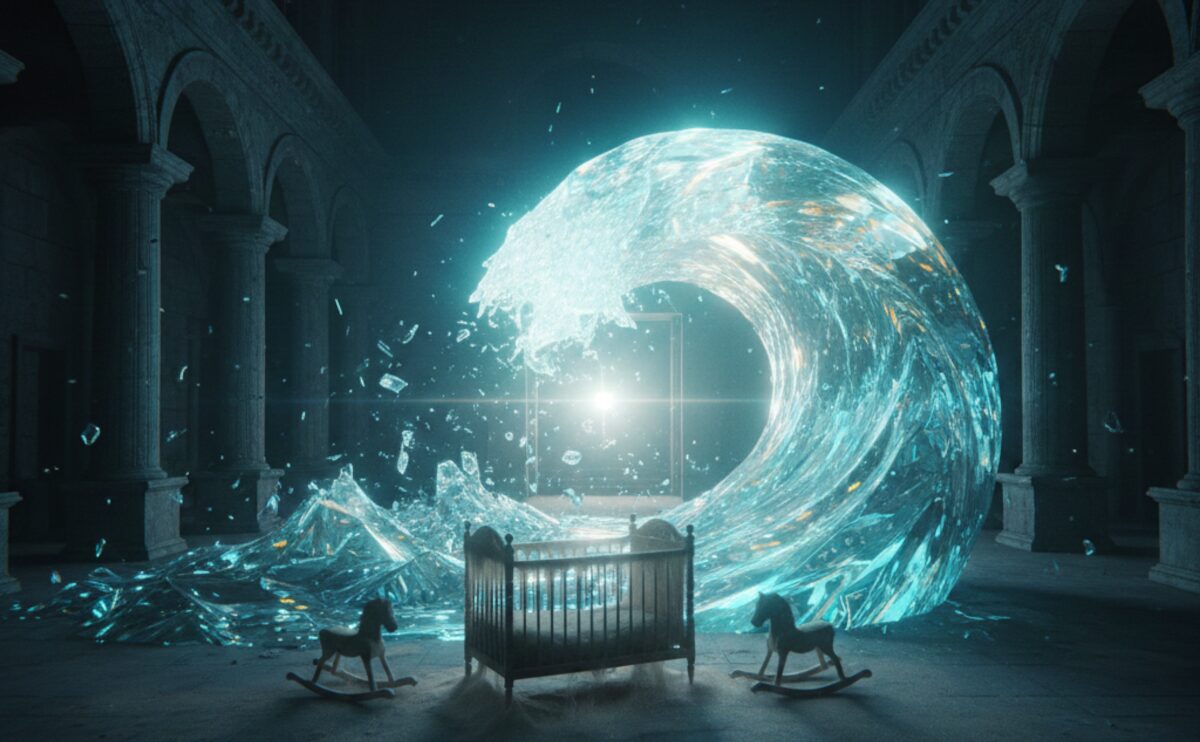
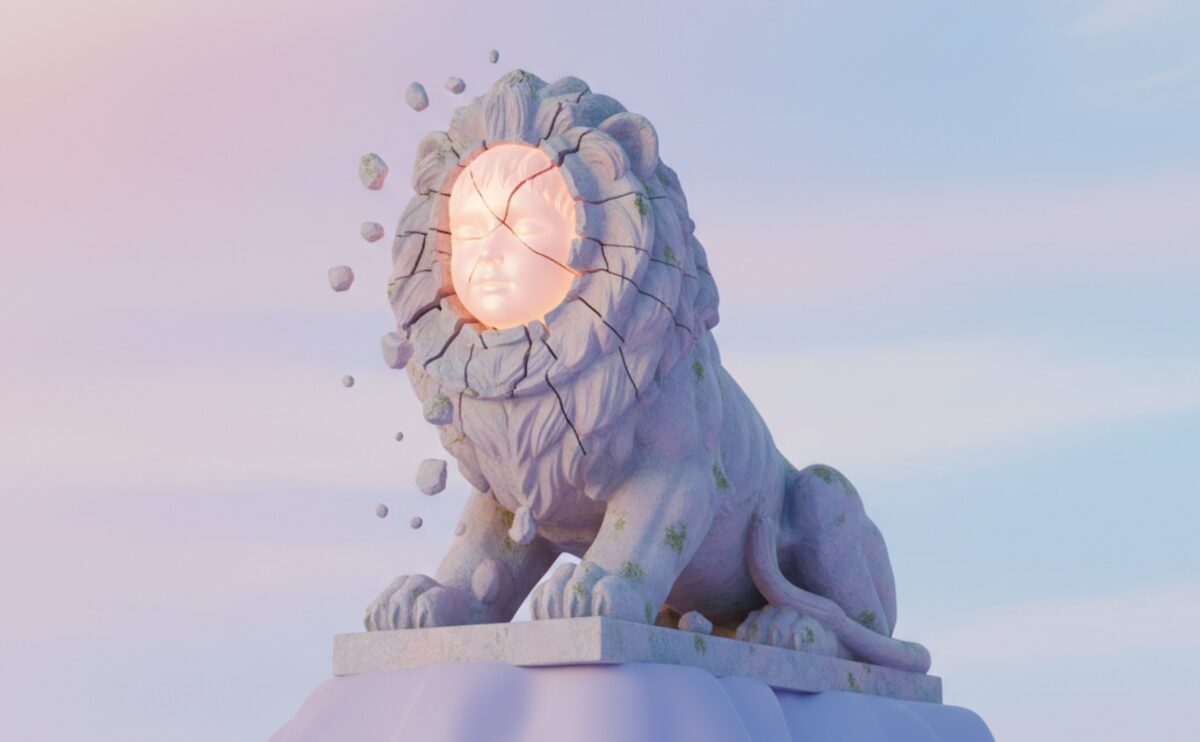
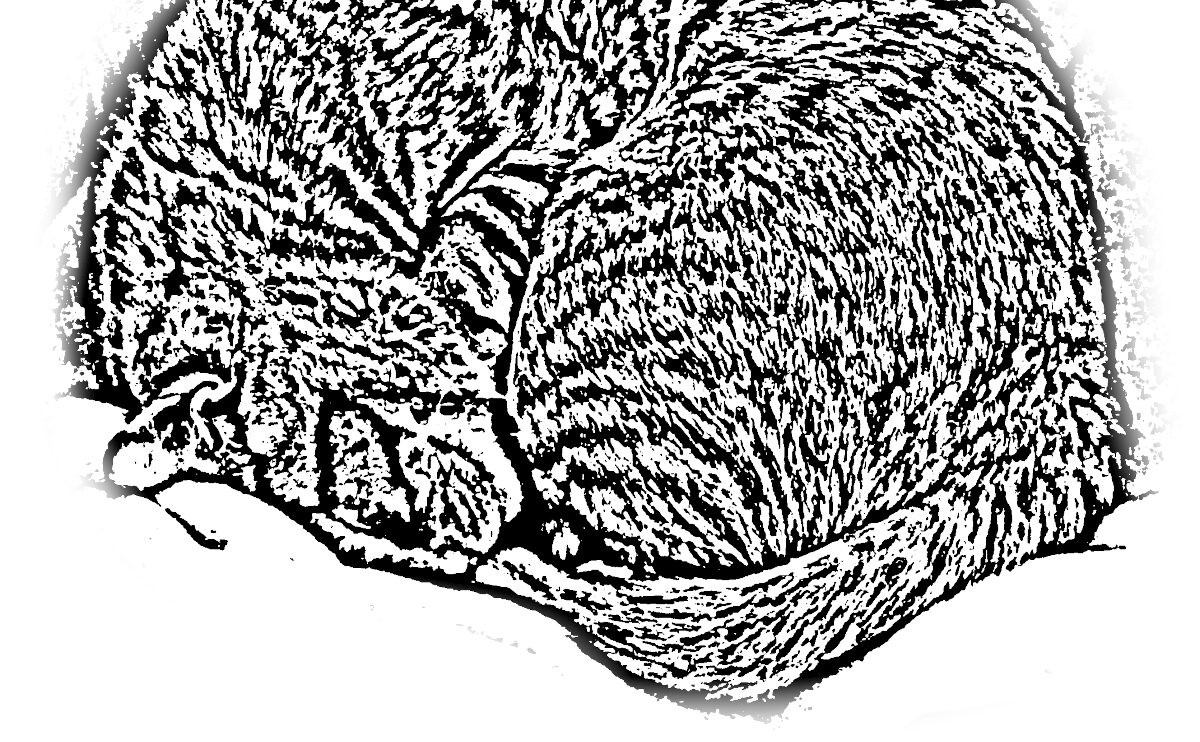
Leave a Reply